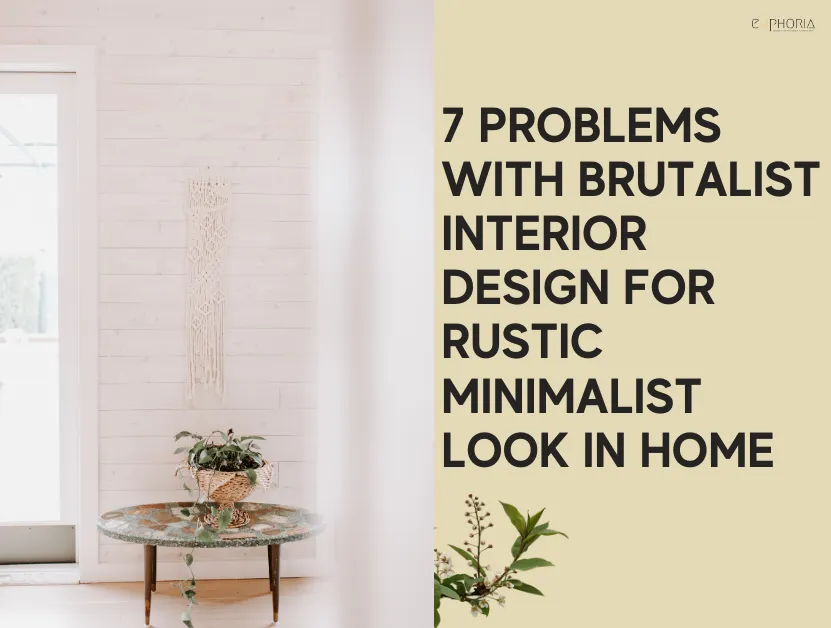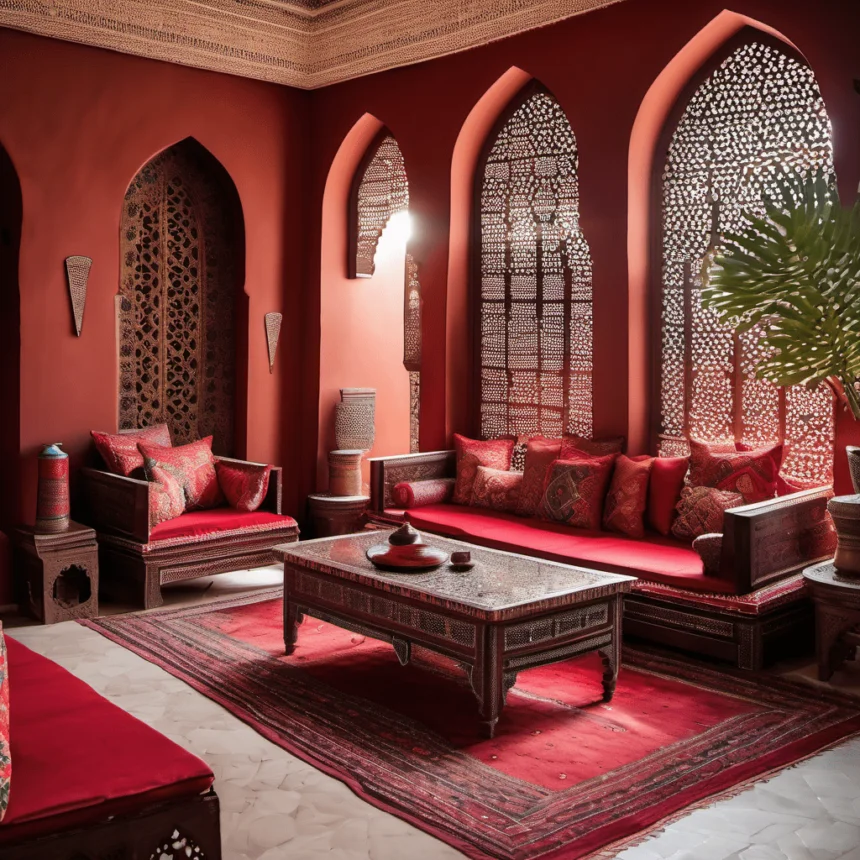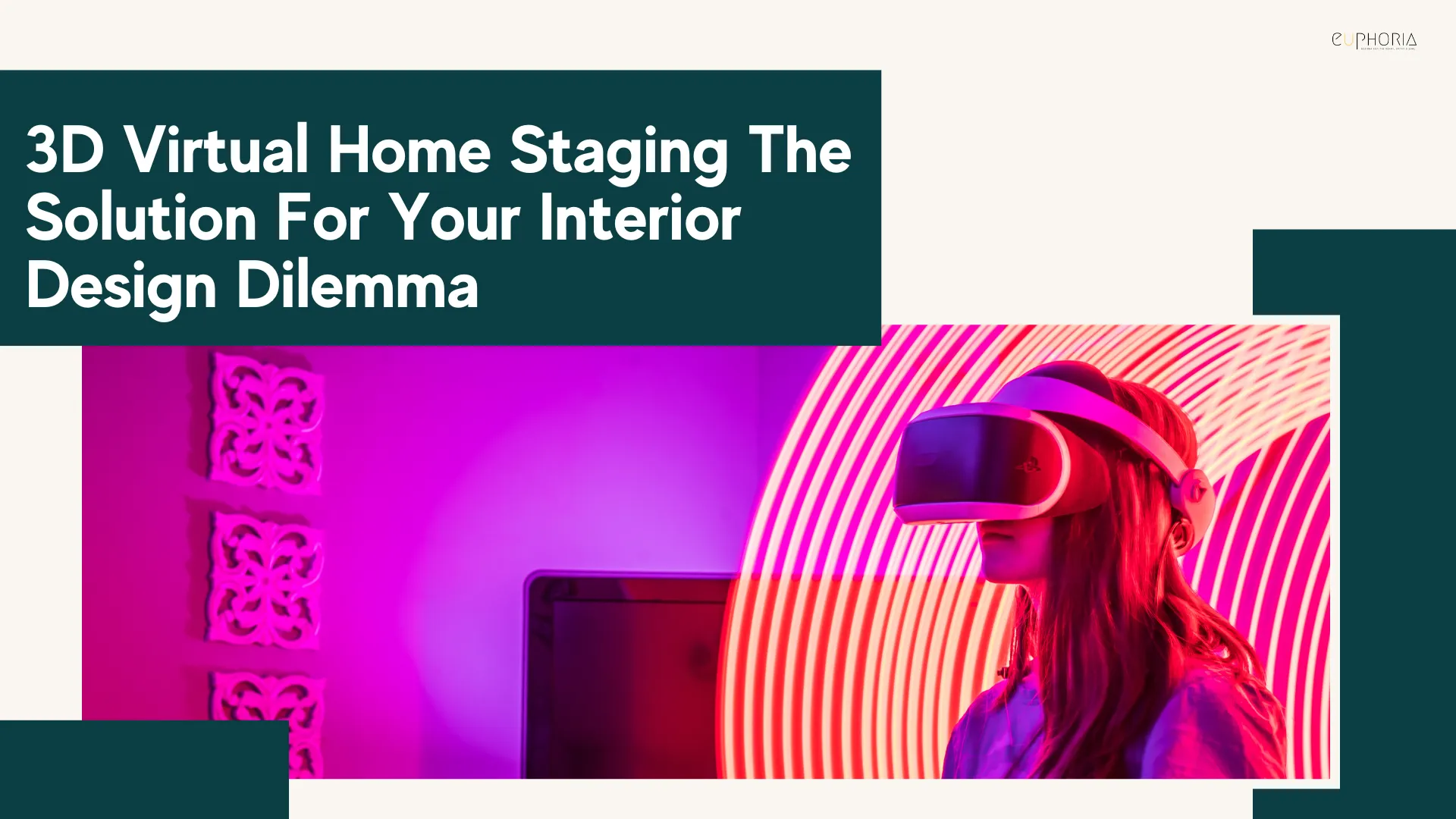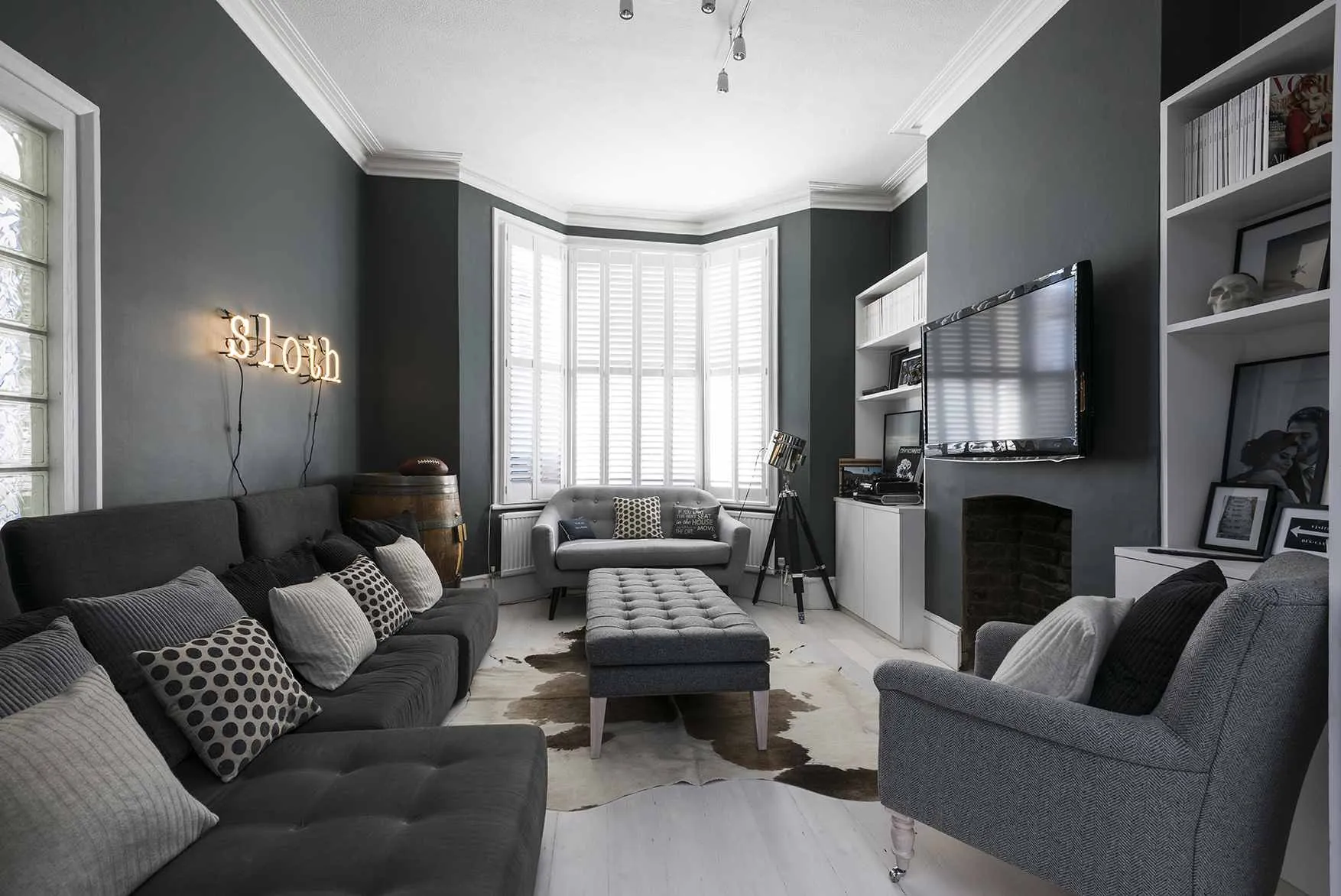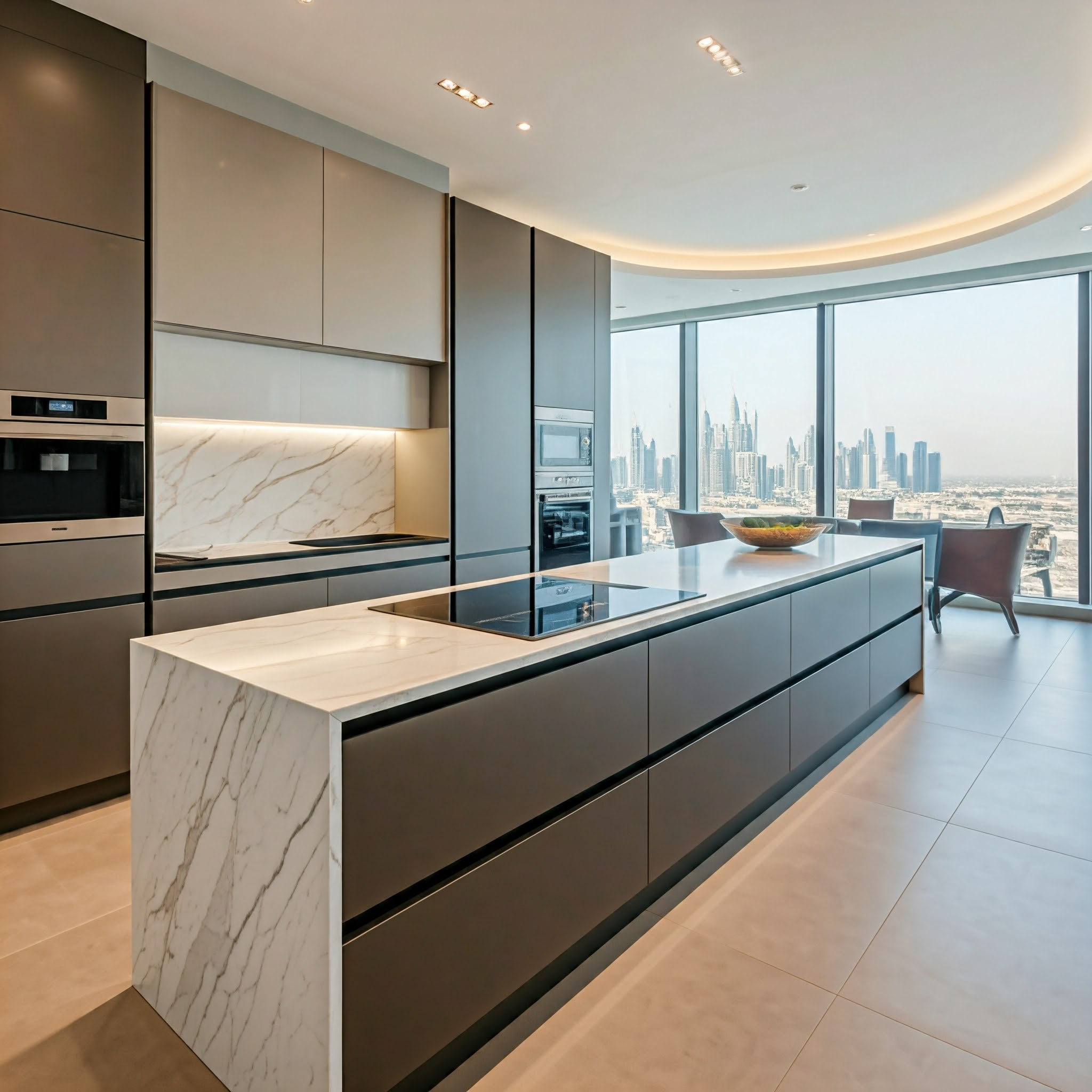Have you ever felt like something was missing when you walked into a room? It could be too boring, too cold, or just not “you.” Could the rough, strong beauty of Brutalism and the warm, simple beauty of rural minimalism be brought together? Visualize a room with rough concrete walls that are softened by warm fabrics, or a room with industrial steel and old wood. Brutalist interior design may sound harsh, but when you combine it with rustic minimalism, you get something truly unique that feels both country and modern.
You can easily combine these two styles with this blog. It shows you how brutalism can make rustic areas look better and help you make a home that is unique, striking, and yours.
Know the difference between brutalism and rustic minimalism
Brutalism is all about being rough; think of bare concrete, big buildings, and few decorations. It started in the middle of the 20th century and is based on the practicality and bold simplicity of architecture. On the other hand, rustic minimalism is all about warmth, natural materials, and straight lines. It gets its ideas from nature and focuses on simple beauty.
Even though these two styles seem to be very different, they work really well together. The roughness of brutalism goes well with the earthy tones of rustic minimalism, making places that feel both artistic and grounded. Some people think Brutalism is too harsh, while others think rural minimalism is too simple. When carefully put together, these styles are the right mix of bold and cozy.
Important Points:
- Brutalism stresses style that is strong and rough.
- Natural materials give rustic simplicity a warm feel.
- Together, they make a look that is both striking and welcoming.
1. The Problem: How to Make Brutalist Designs Cozier
A typical complaint about brutalism is that it feels cold and industrial. It works well in museums but not so well in homes. If you don’t do it right, minimalist areas can also feel cold.
How to solve it? Add warmth to the pattern without changing what it’s made of. To smooth the edges, use wood textures, natural fibers, and other natural elements. For instance, put a wool rug or a table made from old wood next to a concrete wall. These additions give Brutalism more depth and personality while keeping its dramatic draw.
The solution is to use multiple textures to create balance.
Brutalist basics like concrete floors, exposed brick, or raw steel are good places to start. Then, add things with different textures, like leather chairs, linen curtains, or wooden beams. Throws made of wool or baskets woven from reeds can soften the room, and rough surfaces like raw wood can give it personality.
Take a look at a living room that has a handmade jute rug, a concrete coffee table, and a soft sofa covered in linen throw. This mix of textures makes the room feel warm and appealing.
Important Points:
- Brutalist designs often end up being cold and unsanitary.
- Adding plants, fibers, and wood can make a place feel warmer and friendlier.
- For a unified look, mix raw and natural materials in the right amounts.
- Mix rough objects with softer ones.
- Put in warm things made of fabric and natural materials.
- Adding layers of backgrounds gives things depth and visual interest.
2. What’s wrong: Putting together a cozy space with brutalist furniture?
Brutalist furniture has sharp edges and is usually made of heavy materials. It may look more like art than something you’d want to curl up on. But patterns that are very stark don’t have to be uncomfortable.
Choose furniture with ergonomic features to make a place that is both comfortable and useful. Putting together a concrete bench with a soft cushion or a metal-framed chair with a leather seat makes the two work together.
The Answer: How to Pick the Right Furniture for a Rustic Minimalist Home
Choose pieces that have both mechanical and rustic styles. For instance, an eating table made of concrete and chairs made of wood or a bed with a metal frame and soft linen sheets. Furniture that can be used for more than one thing, like a wooden bench with secret storage, helps keep things simple and clear.
Saying things that will never go out of style, like a sculptural coffee table or a bright light fixture, add personality while keeping the design united.
Important Points:
- There’s no need for brutalist furniture to feel harsh.
- Put together stiff shapes with soft materials.
- Aesthetics and usefulness should be balanced.
- Mix hard, industrial materials with natural, softer ones.
- Pick furniture that can be used for more than one thing to keep things simple.
- Buy classic pieces that will never go out of style and are also useful.
3. The Issue: The Heavy Use of Steel and Concrete in Brutalism
Brutalist designs use a lot of concrete and steel, but too much of it can be too much, especially in homes. This mismatch can make a room feel cold and unwelcoming.
To lessen the effect, use these materials less often and pair them with stone, leather, or wood. A wool rug makes a concrete floor feel cozier, and a wooden roof balances out the steel beams.
Solution: Mixing materials to keep them warm and soft
Contrasting materials are the key to making a Brutalist room feel cozy. Mix hard things, like concrete walls, with soft things, like wool rugs or leather furniture. For a more natural look, use stone and wood. One way to add a country touch to an industrial look is to put wooden bar stools around a concrete kitchen island.
Important Points:
- When industrial materials are used too much, they can make a place feel cold.
- For balance, pair steel and concrete with colors that come from the earth.
- To ease the design, use things like stone and wood.
- To make things stand out, mix hard and soft layers.
- To add warmth, use things from nature, like stone and wood.
- For a balanced look, use industrial materials in a smart way.
4. The problem: lighting in brutalist buildings is either too bright or too dim.
A lot of natural light is used in brutalist designs, which can make the rooms feel too stark during the day or too dark at night.
Layered lighting is the answer. To make a balanced mood, use ambient, work, and accent lighting together. Fixtures with an industrial look, like hanging lights with warm-colored bulbs, give the room personality while also making it feel cozier.
The answer is to use lighting to make the rustic minimalist vibe stronger.
Keep windows clear and walls light-colored to get the most natural light. Set the mood for the evening by adding warm-colored lights. Brutalist style and raw charm can be found in fixtures like copper sconces and pendants made of concrete. Add lights or lanterns to make it feel cozier.
Important Points:
- Brutalist buildings can have trouble with lighting balance.
- Layer your lights to make the room brighter and cozier.
- Pick light sources that go with the rustic-minimal style.
- With the right lighting, a room can feel warm and welcoming.
- Mix lights with an industrial look with natural tones.
- Layer your light sources to get more options.
5. The Problem: Making a minimalist space interesting to look at without making it too crowded
When it comes to Brutalist designs, which use strong lines and dull colors, minimalism can become too simple. The problem is to keep the space interesting to look at without making it too crowded.
To fix this, add big, bold pieces like abstract art or sculptural home decor. Add pops of muted color, like sage or rust, to keep the simple look while adding interest.
The answer is to use bold, minimalist art and decor.
It’s not necessary for minimalist decor to be dull. A big geometric picture or a sculpture with Brutalist influences can help the room feel stable. Add a touch of charm with textured vases, woven boxes, or old metals. Remember that less is more. One item placed well can often make a bigger effect than many items crowded together.
Important Points:
- Add some bright, simple art or decor to break up the monotony.
- Add soft colors to make things look more interesting.
- Pick out one or two pieces that make a statement in each room.
- Select art or decorations that make a statement to improve simplicity.
- Use texture and soft color to have fun.
- Put quality over quantity when it comes to design features.
6. The Problem: Traditional rustic elements and brutalist shapes don’t get along.
Old, rustic things can look bad with Brutalist designs, making the room feel disconnected. It’s important to find a balance between these two styles.
Mix things that go well together, like used wood and raw concrete. Use earthy tones to tie the color scheme together, and stay away from country pieces that are too fancy.
The Answer: Bringing together rustic charm and brutalist elements With ease,
Mix old and new by putting together Brutalist shapes and textures. A table made from old wood can look great under a modern hanging light made of concrete. While leather chairs and linen curtains make the room cozier, they don’t take away from its cool vibe.
Important Points:
- Mix country charm with the clean lines of Brutalism.
- Stick to a natural color scheme that goes together.
- Focus on materials that go well with each other to avoid styles that clash.
- Mix textures that look old with shapes that look new.
- For harmony, pay attention to quality and simplicity.
- Tones that are earthy connect the styles.
7. The Problem: Making a Brutalist, Rustic Minimalist Home Workworthy
Although, Brutalist spaces are beautiful, they don’t always put usefulness and storage ahead of looks, leaving them as afterthoughts.
A useful plan and smart storage options make sure that looks don’t get in the way of functionality.
The answer is smart storage and layout design for everyday life
Buy things like beds that have built-in drawers that can be used as storage. Open shelves made of natural wood make the room more useful without taking away from the country look. Place furniture to make the space move better and draw attention to Brutalist details.
Important Points:
- Brutalist designs need plans that work.
- A lack of storage space can make things pile up.
- Put functionality first without giving up style.
- Minimalism is kept up by hidden storage.
- Open shelves are both useful and cute.
- Layout affects both how things work and how they look.
In conclusion
It’s not necessary for brutalist interior design to feel cold or unwelcoming. It changes into something warm, useful, and completely unique when combined with rustic simplicity. By thinking about common problems and using solutions like layered textures, mixed materials, and well-thought-out lighting, you can make a space that is both bold and cozy.
FAQs:
Q: Can Brutalism work in small spaces?
Balance is very important, though. Layer lighting, use light colors, and buy furniture that can be used for more than one thing to make the space feel open and cozy.
What can I do to make a place that feels less concrete?
Add things from nature, like plants, wood, and textiles. Soft lighting also helps to level out the harshness.
Q: Can old, rough-hewn things fit in a Brutalist room?
Of course! Choose simple, understated country pieces and mix them with rough, modern materials to make a harmonious look.
What’s an easy way to mix these sound styles?
Begin with neutral colors, mix textures, and incorporate one or two bold statement pieces for visual interest.
